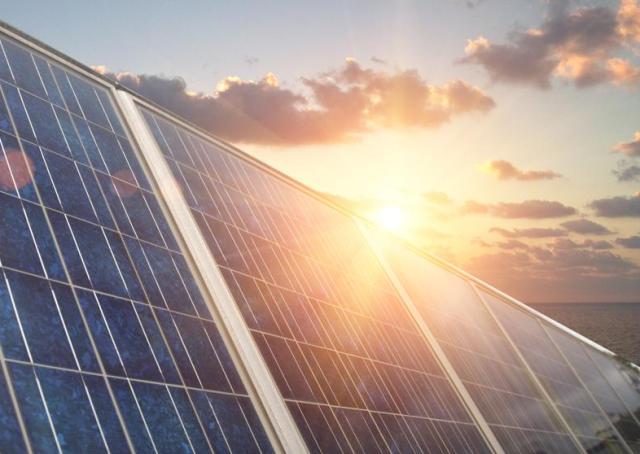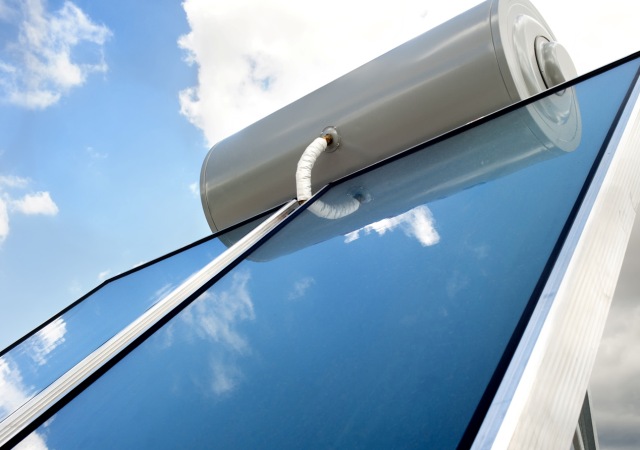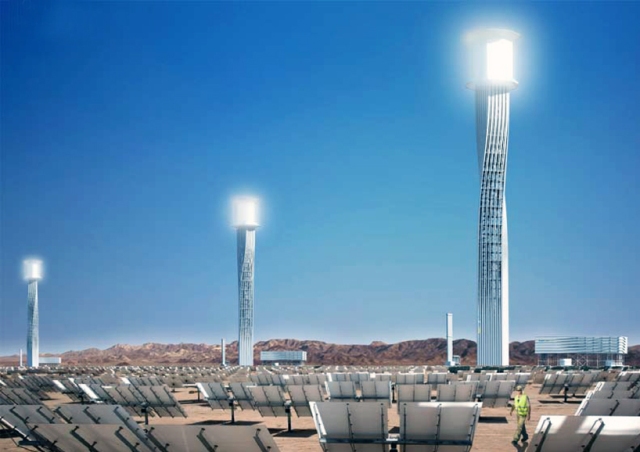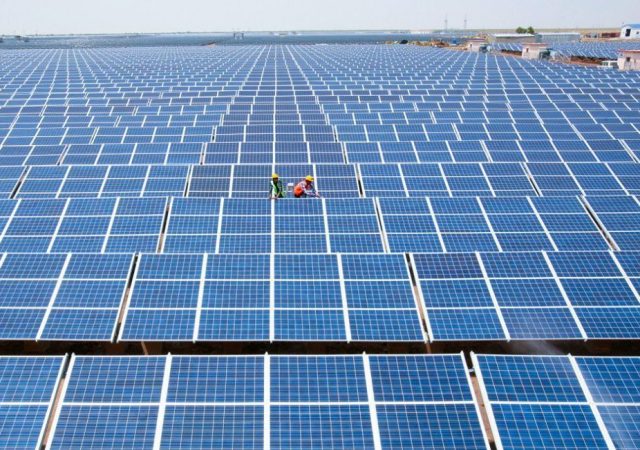Categories: Featured Articles » Interesting Facts
Number of views: 3296
Comments on the article: 0
Methods for converting solar energy and their efficiency
The radiation of the Sun all the time carries energy to the Earth. This is essentially electromagnetic energy. The spectrum of electromagnetic radiation from the sun lies in a wide range: from radio waves to x-rays. The maximum of its intensity falls on visible light, namely, on the yellow-green part of the spectrum. In general, it can be said that the energy of solar radiation controls life on Earth, climate and weather on our planet - all living nature on Earth owes its existence to the Sun.
The fact is that from the Sun - to the upper layers of the Earth’s atmosphere, a power of the order of 174 petawatts (peta - 10 to the 15th degree) continuously comes in the form of radiation. At the same time, 16% of the incoming energy is absorbed by the upper layers of the atmosphere, and 6% is reflected from it. Depending on weather conditions, up to 20% is also reflected in the middle layers of the atmosphere, and about 3% of the energy coming from the Sun is absorbed.
Thus, our atmosphere scatters and filters a significant part of the spectrum, however, passing to its surface a considerable portion in the form of infrared and a little ultraviolet. As a result, we can observe the water cycle in nature, photosynthesis of plants, and we have an average temperature of the earth's surface of about 14 ° C.

The technology that allows humanity to use this energy almost and consciously is called solar energy. And this situation is not without sound grounds, because according to scientists, the potential of the Sun’s energy, which can be accepted on the surface of the earth and converted into a form useful for humans, is today at the maximum of almost 49.9 exajoules per year (exa - 10 at 18 degrees), which exceeds 10,000 the current needs of mankind.
Even in Germany, where the climate is not very sunny, the energy that could ideally be obtained from the Sun would be 100 times greater than the needs of the whole country. And in Austria, up to 1480 kWh per year per 1 square meter of the earth’s surface. And only 50% of this energy is received in the country by solar concentrators, heating the coolant in its focus.
Next, let's look at the most acceptable methods for converting solar energy to date, and evaluate them coefficient of performance (COP).
solar collector
Solar collectors, although they relate to low-temperature installations, nevertheless they can produce about 1250 kWh per square meter of energy per year. Energy is obtained here in the form of heat, suitable for industrial heating and providing hot water.

In practice, the installation converts the energy provided by visible light and near infrared radiation into heat, since the coolant, water, is heated here. In the absence of heat intake (stagnation), collectors of this plan are able to heat water to 200 ° C.
The installation has a coating of a special absorber that absorbs solar radiation well and transfers heat to the heat-conducting system. The selective coating is usually black nickel or titanium oxide spraying. The average efficiency of such installations is 50%.
Parabolic cylinder mirror
Installations based on parabolic cylindrical mirrors belong to medium temperature installations. They allow you to get 375 kWh per square meter of electric and thermal energy per year. The focus of such an installation is a tube (inside of which the coolant is oil) or a photoelectric converter. The oil in the tube is heated here to 350 ° C and even more.

One parabolic cylinder, from which a large power station is recruited, has a length of up to 50 meters.The thermal efficiency of parabolic concentrators reaches 73% at a heating medium temperature of 350 ° C. The average efficiency of such installations reaches 20%.
Heliostatic systems
Solar systems belong to high-temperature installations. They receive 500 kWh per square meter of electrical energy per year, in addition, heliostatic units make it possible to receive thermal energy. Here, the heat carrier based on sodium and gas (dual-circuit system with thermal salt) is heated. Many mirrors reflect solar radiation, directing it to a tank with a coolant located at the top of the tower. The efficiency of such systems reaches 20%.

Solar battery
Solar batteries are related to electric power installations, and they allow to receive 250 kWh of electricity per year with the help of photoelectric converters. Their efficiency is enough to provide electricity to a small household in the solar region, and small solar panels are able to supply electricity to road signs, lighting devices, irrigation systems, etc.

Today, the efficiency of solar panels leaves much to be desired, their average efficiency is relatively low, about 10%, but the technology is constantly being improved.
See also:Gemasolar 24-hour Solar Power Station and Efficiency Solar Panels
See also at bgv.electricianexp.com
:
